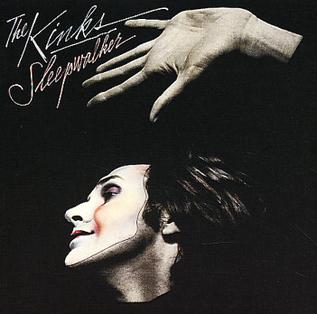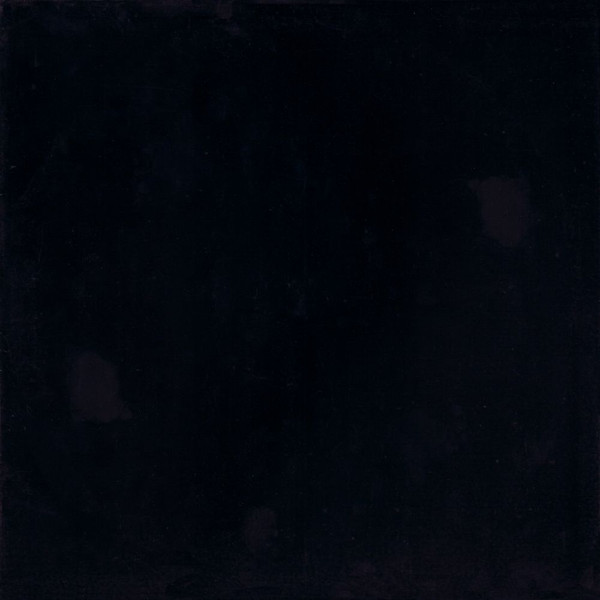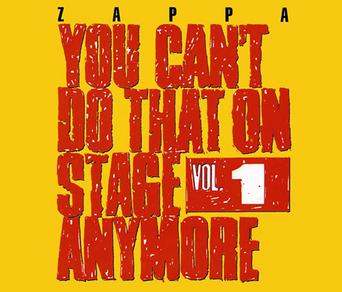They still try to go with the formula as much as ever; “City Of Hope” is full of “be true to yourself” platitudes, and “find your own destiny” is always convincing when sung by a guy picked for his vocal similarities to somebody else. “Edge Of The Moment” suggests what happens when you don’t quite reach that city, and perhaps the “Chain Of Love” is just a little too tight, particularly when you’re being whipped with it at a “Kashmir” tempo. “Tantra” sports a patented lengthy Jonathan Cain piano intro, reprised at the end, while Neal insistently matches the vocal note for note in between. After 25 minutes they still need to tell us that “Anything Is Possible”, such as the return of the same doom-laden drums on “Resonate”.
“She’s A Mystery” is a welcome change of pace, maybe because Arnel is credited as one of the writers, and certainly because we get an acoustic reprieve, but five minutes wasn’t long enough, and they insist on tacking on a loud coda for another two. For a song denouncing the overabundance of technology in our modern lives, “Human Feel” is incredibly robotic. With its cheesy keys and fake horns, “Ritual” almost sounds ‘80s, but the relentless beat makes the plea to “make sweet love all night long” more of a threat. “To Whom It May Concern” may start out like the senior prom slow dance, but the complicated time changes and pleading lyrics make it more of a history lecture or book report. “Someone” might even be a decent tune if it wasn’t a straight rewrite of “Somebody’s Out There” by Triumph. We’re sure we’ve heard the riff on the closing “Venus” instrumental before—maybe somewhere on this very album—and since it has nowhere to go but around, they throw a couple of false fades at us.
Eclipse is a case where the Journey brand definitely held them back. As much as they (read: Neal and Jonathan) insisted they were immune to apathy, they forgot to give what fans they still had wanted, no matter how many one-word titles they could concoct, with scarab-based artwork. The album didn’t sell—maybe because over here it was a Walmart exclusive—and the band spent the next several years touring, where they would make more money.
Journey Eclipse (2011)—2






